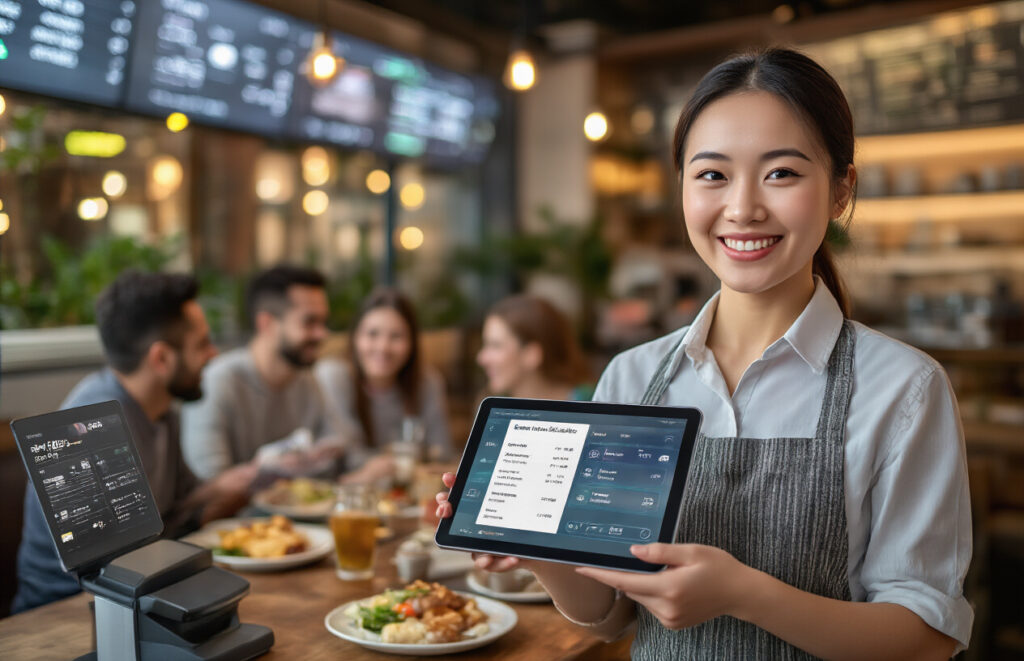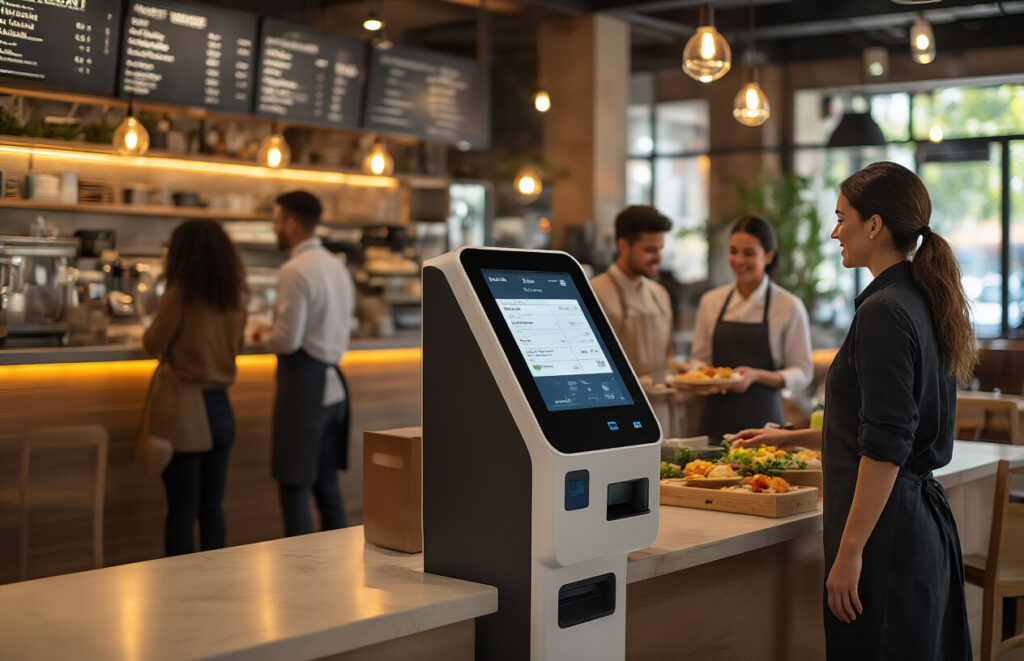
Introduction
In today’s digital age, restaurant owners must choose the right billing software to streamline operations and enhance customer experience. The two main options available are Cloud vs On-Premise Restaurant Billing Software. Each has its own set of advantages and drawbacks, making the decision crucial for your business success.
To help you make an informed decision, let’s explore the pros and cons of both cloud-based and on-premise restaurant billing software.
What is Cloud-Based Restaurant Billing Software?
Cloud-based billing software operates on remote servers and can be accessed via the internet. This type of system eliminates the need for physical infrastructure and allows real-time data access from anywhere.
Pros of Cloud-Based Billing Software
- Seamless Accessibility – You can access data and reports from any location using any internet-enabled device, ensuring flexibility in restaurant management.
- Cost-Effective Solution – With a lower upfront investment, there’s no need for expensive hardware or IT maintenance, making it budget-friendly.
- Automatic Updates – Regular software updates and security patches keep your system running smoothly without any manual intervention.
- Enhanced Data Security – Cloud providers offer robust security measures and backup options to prevent data loss, giving you peace of mind.
- Scalability at Its Best – As your restaurant grows, the software easily scales to support multiple locations and increased transactions.
Cons of Cloud-Based Billing Software
- Internet Dependency – A stable internet connection is required for optimal performance, which may be a concern in areas with poor connectivity.
- Ongoing Subscription Costs – While upfront costs are lower, recurring monthly or annual fees can accumulate over time.
- Data Privacy Considerations – Storing data on third-party servers may raise security concerns, so choosing a trusted provider is essential.
What is On-Premise Restaurant Billing Software?
On-premise billing software is installed on local computers or servers within your restaurant. It operates offline and provides direct control over your data and security.
Pros of On-Premise Billing Software
- No Internet Required – Since the system runs locally, it continues to function even without an internet connection, ensuring uninterrupted service.
- Complete Data Control – Your data is stored on-site, reducing the risk of unauthorized access and giving you full control.
- One-Time Investment – Unlike cloud-based solutions, an on-premise system involves a one-time purchase, eliminating ongoing subscription fees.
- Highly Customizable – You can tailor the software to meet your restaurant’s specific needs, offering a personalized experience.
Cons of On-Premise Billing Software
- Higher Initial Costs – Investing in hardware, servers, and IT infrastructure can be costly upfront.
- Limited Remote Accessibility – Unless additional configurations are made, accessing data remotely is challenging.
- Manual Maintenance Required – Unlike cloud-based systems, updates and security patches must be installed manually.
- Potential Data Loss Risks – If regular backups are not maintained, data loss due to hardware failure could be a major concern.
Which One is Right for Your Restaurant?
Choosing between cloud-based and on-premise restaurant billing software depends on your business requirements. To simplify your decision, here’s a quick comparison:
| Feature | Cloud-Based Software | On-Premise Software |
|---|---|---|
| Accessibility | Access anywhere via the internet | Limited to restaurant premises |
| Cost | Subscription-based (lower upfront) | One-time investment (higher upfront) |
| Maintenance | Automatic updates & maintenance | Manual updates & IT support required |
| Data Security | Secure cloud storage with backups | Local storage (higher control) |
| Scalability | Easily scalable for multiple locations | Limited scalability |
Our Recommendation:
- If you run a small or multi-location restaurant, cloud-based software is the ideal choice due to its flexibility and ease of use.
- If you prioritize full control over data and security, on-premise software is a better option, especially for large establishments.
Conclusion
Both cloud-based and on-premise restaurant billing software have unique advantages. By carefully evaluating your restaurant’s needs, budget, and long-term growth plans, you can select the best option to streamline your operations.
Ultimately, the right billing software can significantly impact your restaurant’s efficiency and success. Need help choosing the best restaurant billing software? Contact us today to find a solution tailored to your business needs!


